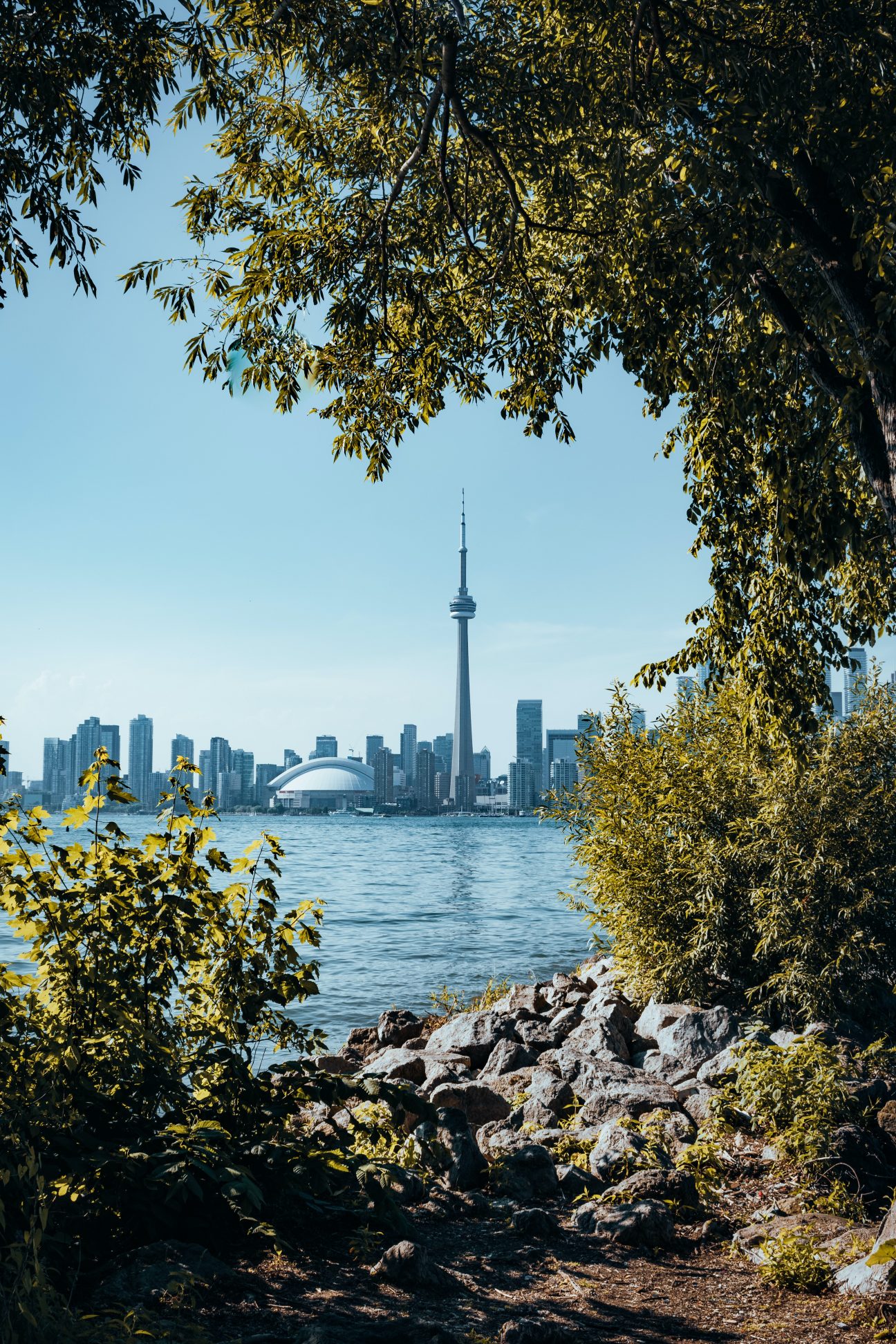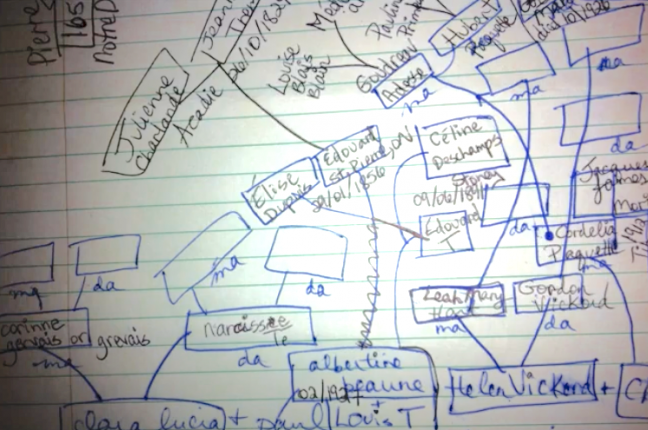
Geographic Boundaries
The Community represented by the Toronto and York Region Metis Council is described geographically as follows:
- Western boundaries of Toronto and York Region
- Northern boundaries of York Region and the shores of Lake Simcoe
- Eastern boundary from Franklin Beach at Lake Simcoe South along Highway 48 to Lake Ontario
- Southern boundary is Lake Ontario
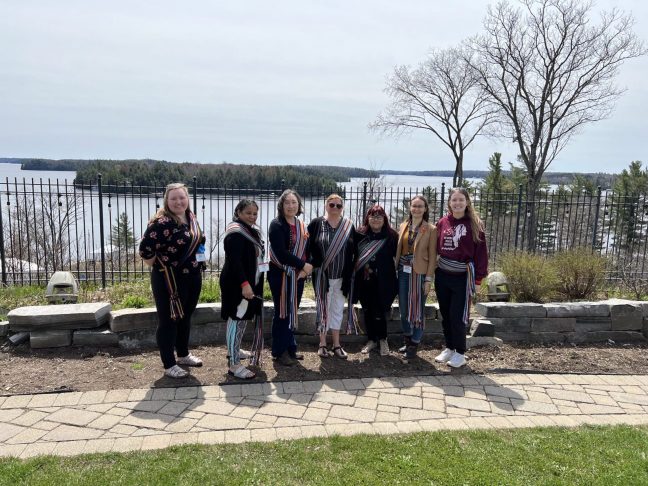
@magnesonstudios
What does TYRMC Do?
Our Mission
As a chartered council of the Métis Nation of Ontario (MNO), we serve and represent MNO citizens within the Toronto and York Region Métis Council boundaries. We aspire to provide cultural continuity, education, and build healthy and reciprocal relationships in the spirit of reconciliation.
Our Vision
Métis people are thriving, culturally vibrant, and woven together like the threads of our sash.
TYRMC Leadership
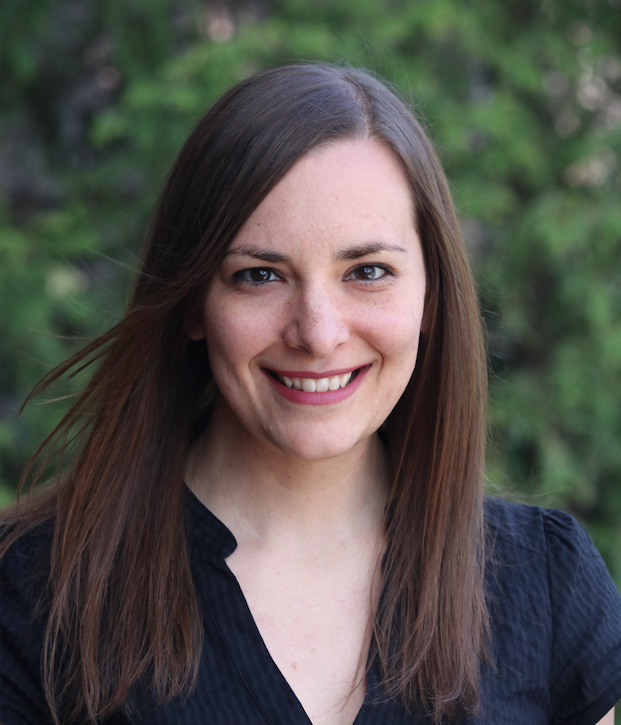
Amie Therrien (she/her)
President

Amie Therrien (she/her)
President
Amie Therrien is Métis and was born and raised in Penetanguishene. Her root ancestors are Edmond Brissette, Pierre Gendron, and Josette-Rosette Cloutier. Amie is now based in Tkaronto and is grateful to the TYRMC for the cultural and community connection they provide.
Amie’s training and background is in working as a civil engineer but she took a different path ten years ago when she started to work in the music industry. She founded a boutique music management company working with folk, roots, and Americana artists. She also ran programming for Folk Alliance International and served on the boards of Folk Music Ontario and Music Managers Forum Canada, in both Secretary and President roles.
Amie is currently the executive director of Music Managers Forum Canada and leads the team supporting managers and self-managed artists with professional development, mentorship, networking opportunities, export missions and advocacy.
Amie enjoys kayaking, cycling, meditating, journaling, and newfound hobby of jigsaw puzzling. She is also continuing her beading adventures started from workshops organized by TYRMC. Follow her on Instagram @balsampier.

Steven Smith (he/him)
Chair

Steven Smith (he/him)
Chair
Taanishi – Hello, I am very proud to continue to serve on Council. I was originally
elected as a Councillor in the previous election cycle and then appointed mid-term as
Chair when that position became vacant. In this 2025 election I was acclaimed to the
Chair position. I believe that my experience in many different communities has proven
to be valuable for working collaboratively with the Toronto and York Region Métis and
Indigenous communities in general through cultural events, community support,
education, and participation with the MNO to build reciprocal relationships in the spirit of
reconciliation.
I trace my Métis lineage through the Jean Baptiste Trudeau and the Trudeau-
Papanaatyhianecoe Family Line of Drummond Island. My extended family have settled
the Midland and Penetanguishene area for multiple generations. My parents moved to
York Region in the early 1970’s and I have remained in York Region since then. My wife
and I currently reside in Vaughan with our three children. I am 56 years of age and
retired from the Toronto Police Service, having served for over 34 years. I am currently
working in a second career directly with the Government of Ontario, Ministry of the
Solicitor General.
From my career experiences working in areas of Toronto with significant Indigenous
demographics, I have gained different and unique perspectives of the Indigenous
community, having both insight and understanding of daily struggles and hardships, as
well as appreciation for the positive contributions of Indigenous individuals and the
overall Indigenous community.

Mary Anne B
Treasurer

Mary Anne B
Treasurer
Mary Anne has been volunteering with TYRMC since 2019 and has been acclaimed as the Treasurer for another term. Her experience includes various roles while working in the Financial Services industry including Business Analysis, Project Management, Operations, Marketing, Sales, Training & Development and Technology Support.
In addition to keeping the books and paying Council expenses, she has applied her skills on Council with event planning, administering and implementing grants including the Honouring our Heritage through Decorative Arts program, Learn to Fiddle, Learn Jigging, and the Gathering of the Wise Oldsters program.
Her Metis roots are from the Red River. She lives in Scarborough with her husband and has two adult children.
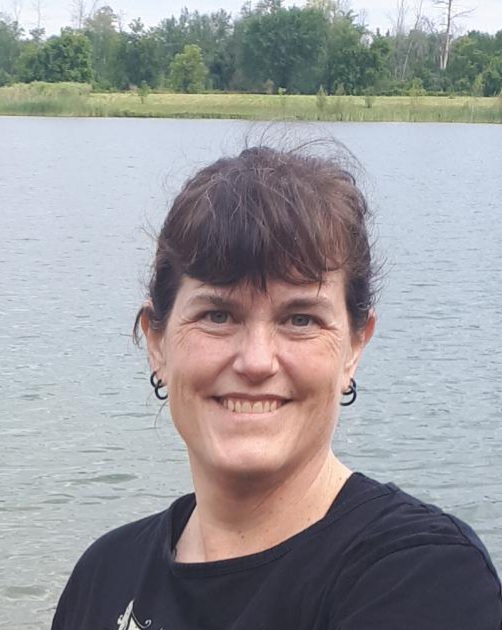
Christine Alder
Secretary

Christine Alder
Secretary
Taanishi.
My name is Christine Alder. I am proudly Metis and my root ancestors including my maternal grandfather are direct from the Martin-Charpentier lineage.
I currently work as a manager in the finance area of a non-profit organization based in Toronto. Aside from enjoying numbers and working with data, I have a strong love of nature, animals and being creative.
I enjoy anything creative from beading jewellery, making cat toys, designing ugly Christmas shirts to painting actual military vehicles.
I look forward to doing my best as Secretary for TYRMC.
Maarsi!
Paul Irvine
Senator
Paul Irvine
Senator
Vacant
Youth Representative
Vacant
Youth Representative
Pierre St. Hilaire
2SLGBTQ+ Councilor
Pierre St. Hilaire
2SLGBTQ+ Councilor
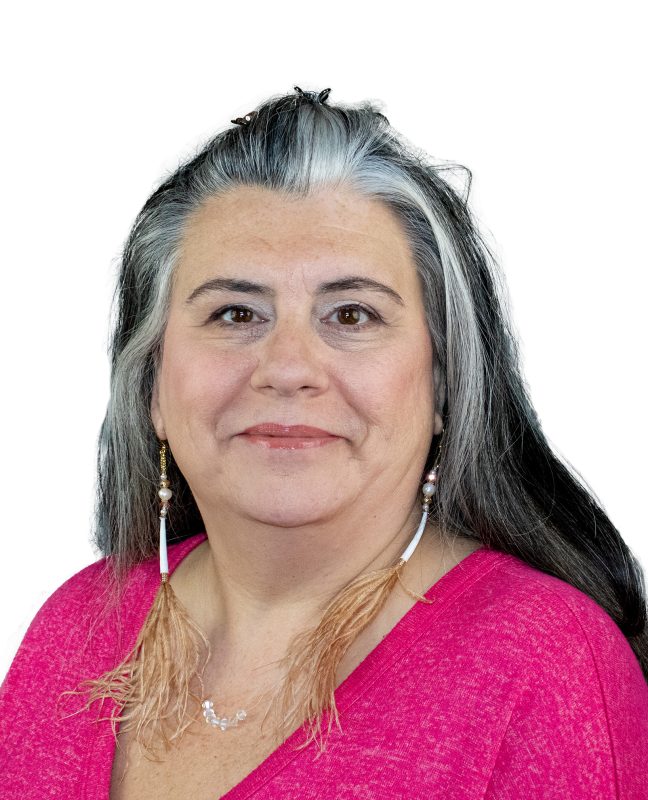
Tanya La Rush (she/her)
Womens’ Representative

Tanya La Rush (she/her)
Womens’ Representative
Tanya La Rush lives with her family in Toronto and still has family who live in Penetanguishene
and surrounding area. She started her journey of Métis family discovery over two decades ago
and continues to learn and factualize ancestral history passed down to her and her siblings by
storytelling. With modern technologies and resources, she’s been able to assist other family
members with tracing and plotting family history as well as becoming citizens of the Métis
Nation of Ontario and members of their respective regional councils.
Tanya is active in her home community and labour union community and understands the core
values of what it means to be Métis and how important it is to keep the arts, stories and
language alive for generations beyond.
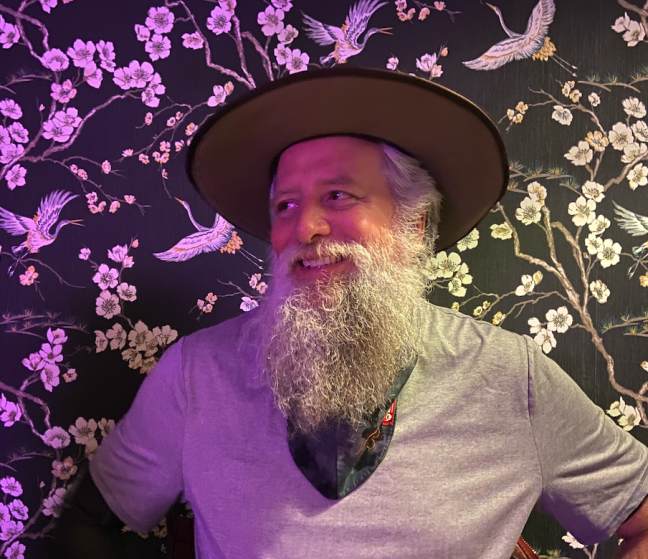
Trevor Cameron
Councilor

Trevor Cameron
Councilor
Trevor Cameron is a multiple award winning TV writer, director, story editor, performer and producer.
Besides two wins and four nominations at the Gemini Awards, Best Animation at the American Indian Film Festival, and the Golden Sheaf Award, Trevor also won the prestigious Bell Media/WGC Diverse writers workshop, and was given top jury prize at the Chicago International Children’s Film Festival.
Trevor’s first feature, “Shadow of Dumont”, about his relationship with his Metis roots and Gabriel Dumont was an official selection for ImagineNATIVE Film Festival in 2020 and is currently streamable nationally through CityTV.
Trevor is a Métis from a mixed family. He is based in Toronto, and can’t bead, but knows people who can.
Darlee Gerrard
Councilor
Darlee Gerrard
Councilor

Phil Sutherland
Councilor

Phil Sutherland
Councilor
Hello everyone,
I’m proud and excited to step into my new role as a Councillor with the Toronto York Region Metis Council (TYRMC). As someone deeply committed to community engagement, I’m looking forward to contributing directly to events that celebrate our history, foster education, and build stronger local support networks.
I am a full-time professional artist and have served as the Executive Director of the West Toronto Photography Group (WTPG) since 2011. WTPG is an Indigenous-led, not-for-profit arts organization dedicated to enriching the lives of Toronto residents through arts programming, social events, and food security initiatives.
Our programming currently serves communities in Weston, South Toronto, and Etobicoke, with exciting plans to launch a new office and programming hub in Regent Park in late 2025. I’m passionate about creating inclusive spaces that allow all members of our city to express themselves, grow, and connect.
I look forward to collaborating with you all and making a positive impact together.
Warm regards,
Phillip Aaron Sutherland
TYRMC Councillor | Executive Director, West Toronto Photography Group
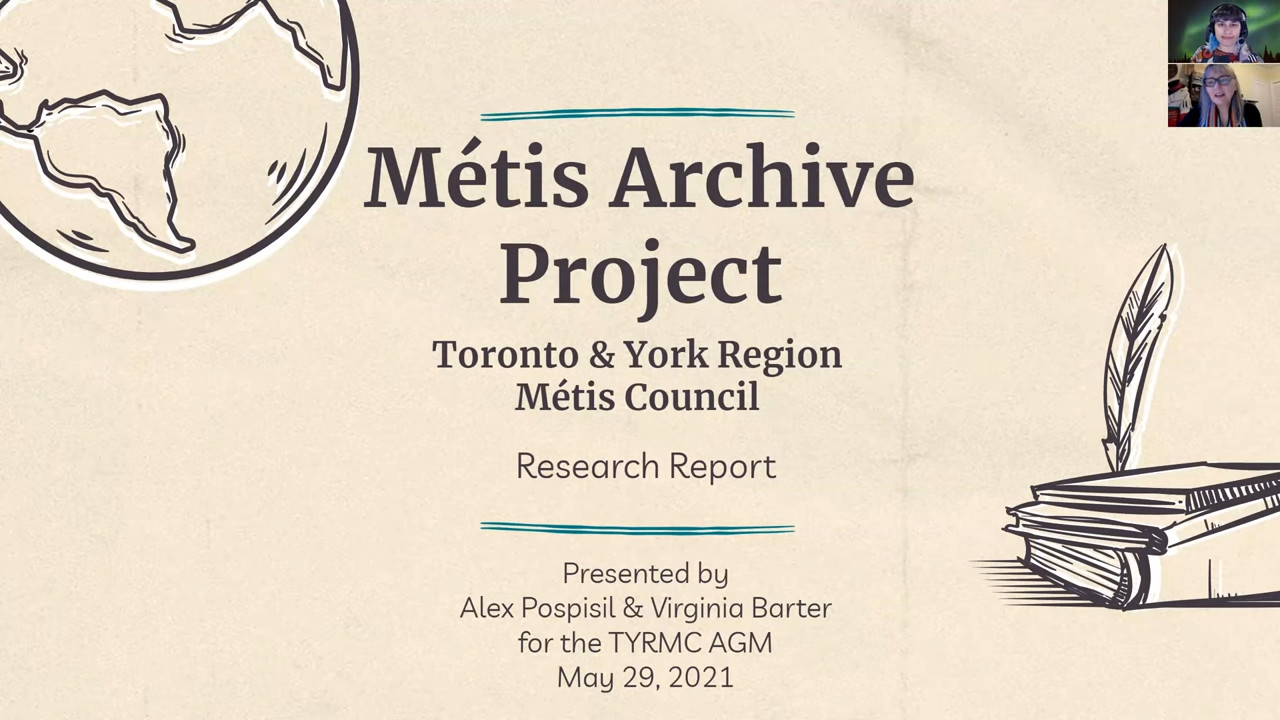
Métis History
The Métis are a distinct Indigenous people with a unique history, culture, language, and territory.
TYRMC History
- 1996 – Toronto Metis Council established
- 2009 – Community expanded beyond metropolitan core to include York Region, with new charter issued by the MNO for the Toronto and York Region Métis Council.
The Métis Nation stems from the rich influences of our European forefathers and First Nations foremothers whose unions resulted in generations of mixed blooded people. Such mixed-blood people, over time, settled in areas concentrated with other folks of mixed ancestry and influence, often centered around the waterways and portage routes of the fur trade. It is from these vibrant historic communities that Métis culture and way of life continue to flow and adapt. It is the Métis descendants of these historic communities, situated across the Homelands (from the coast of British Columbia to the shores of the Great Lakes) who continue to ensure Métis voices are heard and celebrated as we thrive in the 21st century.
The sash is a well-known symbol representing the history of the Métis Nation, including its mixed origins. Influenced by First Nations fingerweaving techniques and European design and raw materials, the sash was originally produced by Métis women and girls and worn by Metis voyageurs during the fur trade period. It served as an incredibly useful tool while spending long days traveling through the bush and traversing the waters. Primarily, the sash could be used as a protective belt to prevent hernias from occurring or worsening; this speaks well to the physical demands of the voyageur lifestyle. To briefly touch on a very long list: the sash could also be used as a tumpline, a tourniquet, a bridle, a saddle blanket, a washcloth, a source for emergency thread, etc. While the sash is not exclusive to the Métis people, no other nation has adopted it as a symbol of pride, and identity quite as the Métis have. Today, you can see sashes that have been fingerwoven, loom woven, or mass-produced.
– written by TYRMC citizen Megan Southwell
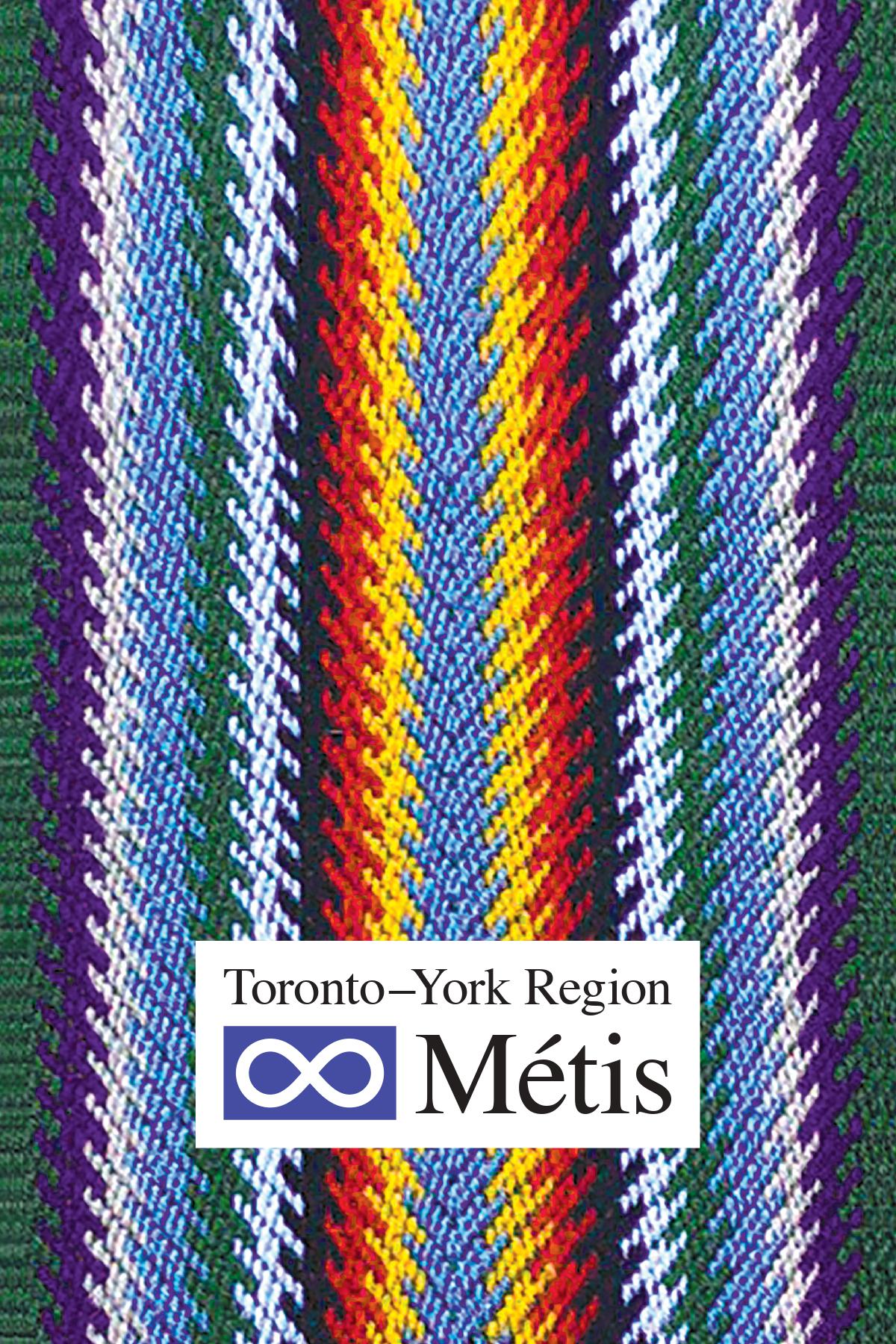
The Colours of Our Sash
Green runs through the sash and represents the gardens, ravines, and forests throughout Toronto and York Region. It also represents the future through Métis youth.
Purple honours the 2SLGBTQ+ Métis community.
Grey honours the concrete and the urban communities we call home.
Blue represents the sky, the water, and the Métis flag. The three blue stripes represent the three rivers that connect Toronto and York Region – the Humber, the Don, and the Rouge.
White honours the wisdom of Métis Elders, Senators, and Knowledge Keepers, and exemplifies the infinity symbol and that our culture will live on.
Red represents our heritage and our blood. It also honours Métis veterans.
Yellow honours Métis women and honours those committed to ending violence and abuse.
Yellow, Red, Black, and White represent the four directions, the diversity of the region, and the acknowledgement that we are on the traditional territory of many nations, including the Mississaugas of the Credit, the Anishnabeg, the Chippewa, the Haudenosaunee, and the Wendat peoples.
Stories from the Archives
Contact Us
Get in touch with us!
75 Sherbourne St, Unit 311, Toronto ON, M5A 2P9
416-977-9881 ext. 124

